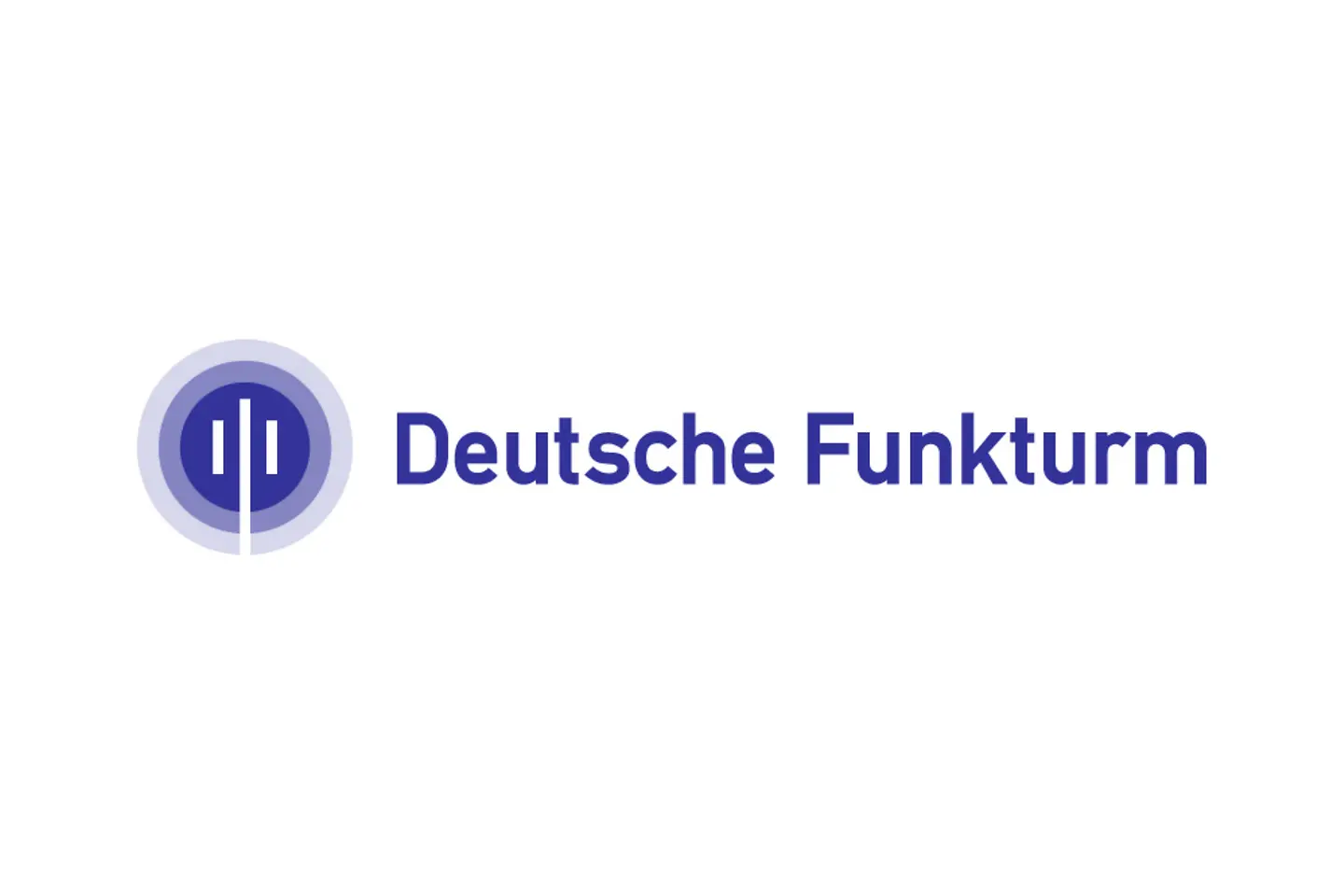

Deutsche Funkturm acquires, plans, and creates appropriate sites and subsequently operates them for the mobile communications providers and other customers such as radio stations or authorities. For the European Aviation Network, the world's first radio network for planes, Deutsche Funkturm operates ground stations in 30 countries. Moreover, the company is expanding a national charging network for electric cars through its subsidiary company Comfort Charge. Against the backdrop of the constantly growing expansion of mobile communications and a variety of projects, DFMG decided to automate the recording of leases to relieve employees of repetitive and error-prone tasks.
With the robots, DFMG employees now have a virtual colleague that can complete onerous manual tasks in the background and reduce workload. Taking hours to transfer data is now a thing of the past. Instead, administrators can rely on contracts being pre-filled with the correct data. Their work can be made more efficient, they can concentrate on valuable and high-quality tasks such as customer service, and can better manage additional workload from large ongoing projects. The team is very satisfied with the solution: "We are all happy that we no longer have to transfer data by hand," summarizes Max Muster, Project Leader at Deutsche Funkturm GmbH (DFMG), "our workload has been reduced and we have gained more time for interesting tasks."
As well as the technical integration of the two systems, the RPA offers two decisive advantages: it can be implemented quickly (in just a few days or weeks, depending on the complexity of the robot) and the costs are considerably lower. With a return on investment (ROI) of under nine months, the robot has already paid for itself at DFMG. At the same time, management of the bot can easily be taken into your own hands: if adjustments are necessary, these can easily be carried out through a graphical user interface. Programming skills are not needed for this, only knowledge of the respective process. The robot also presents a useful stepping stone toward the introduction of artificial intelligence; Blue Prism also offers smart functionalities that have the potential to expand on the abilities of the bot in the future.
We are all happy that we no longer have to transfer data by hand. The RPA relieves us of unappealing activities and gives us time to focus on more interesting tasks.
Karsten Keil, Standards & Digital Solutions Agent, Deutsche Funkturm GmbH
DFMG uses one central IT system for the administration of over 30,000 sites. In this system, site data such as addresses, size, and used assets is constantly being updated. Alongside regular business, the expansion of the 5G infrastructure and of the electrical appliance network requires constant and comprehensive adjustments to the inventory data. Current data is a cornerstone for the work of the administrators, who are in contact with customers and manage the leases for the sites. For the lease itself, another SAP-based IT tool is used. Data must therefore be manually transferred from the site system into the respective contract in the SAP system. This is not only time-consuming for the employees, but often causes errors to be made, too. Against the backdrop of the additional workload from the 5G expansion, DFMG decided to automate data transfer and relieve the employees of the manual and error-prone process.
The DFMG decided to use robotic process automation (RPA). The company brought in T-Systems for the implementation of this solution. "The bridging of two separate systems is the perfect example of an application for an RPA," Hans-Jörg Schirmer, Project Manager at T-Systems explains. The RPA is a software-controlled robot that simulates human activities. These actions are strictly controlled, which means that the robot completes a sequence of commands without diverging from the outlined schedule. "In our case, the robot transfers specific data from the site administration system in the header of the contract in the SAP system," Schirmer explains. Two factors were involved in the launch of the robot: the first of which – a detailed process description that could be used to help define the activities of the robot – the DFMG team already had. However, appropriate software was also required for the implementation of the robot.

For this task T-Systems used Blue Prism. The "robot program" is not integrated into both applications – it runs on a separate platform. After only a week of development, the robot was ready to use. Another five weeks were needed to meet the governance requirements of the robot: this included the assignment of permissions and running the privacy and security assessment (PSA) from Deutsche Telekom. The robot also offers the opportunity to scale: if the workload becomes too high and orders can no longer be processed quickly enough, it can simply "clone" itself. To do this however, the distribution of tasks between the two robots must be clearly outlined.